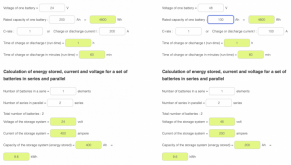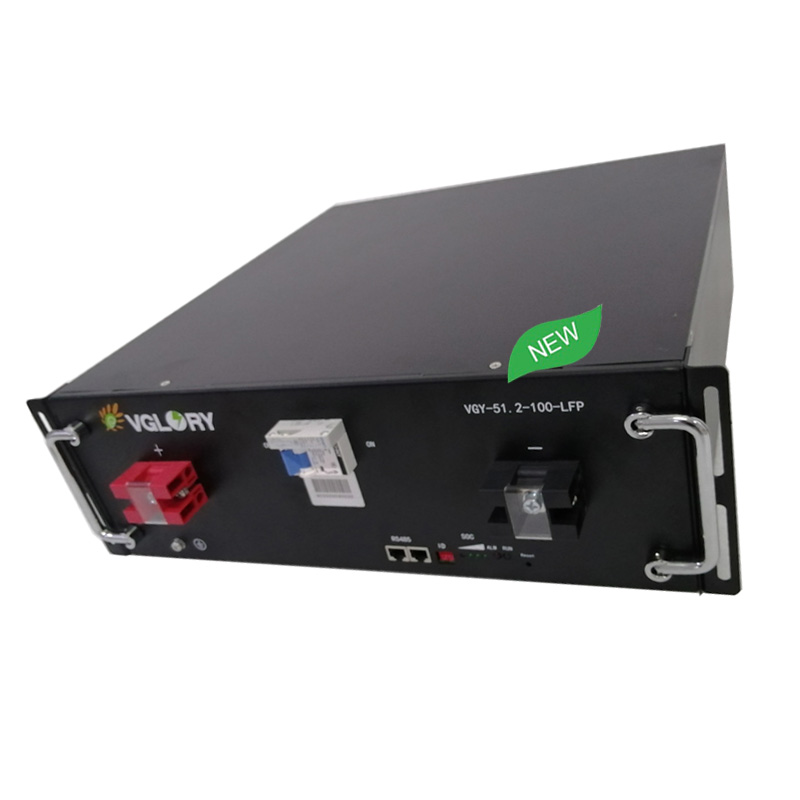Tom, I’m studying similar issues and have the following thoughts to offer:
1) Re: the choice of 24v vs 48v battery bank, both contain the same amount of electrical power, but the discharge rate is also limited by the BMS. For both, the continuous discharge limit is 100a, so the 24V at 100A discharge has a nominal sustained output of 2400 watts, and the 48V has a nominal sustained output of 4800 watts. The equipment will last longer if used in the middle of the operating range rather than continually pushed to the edge of its specifications. A 48V battery offers higher sustained and peak output when matched with other components.
2) To charge a a 48 V battery from solar, the panels arranged in series need to generate a high enough voltage. The Gyll 48V battery states a charging voltage of 58V. Depending on your panels, this requires at least 2 or more panels in series. More panels require more room, either on top of the shed, or in a ground mount array.
3) the solar charge controller needs to be sized to match the combined open circuit voltage of the solar panels in series; for an all in one unit such as Growatt or MPP, this won’t be a problem.
4) the inverter sustained and peak output needs to match the requirements of the load. Motors, refrigerators, and well pumps are examples of inductive loads, which require a certain amount of current to run, but a higher (or much higher) current to start.
https://offgrid.co.za/inductive-loads.html The inverter needs to accommodate that peak startup power.
5) The heat pump water heaters I have looked at require 240V power. Inverters generally are able to produce either 230-240V, which could directly power such devices, or 110-120V, which are usable for most home loads; two 110-120V inverters can be combined to create 240 split phase power for 240v loads. A 240V inverter output can also be stepped down to 120v through a transformer. System design is simpler if you are targeting only one type of voltage.
6) I suggest looking primarily at self consumption of your solar power from your critical loads panel. With your manual transfer switch, as long as you have solar and battery power you could power your loads, or if you run out of battery and the grid is up, switch manually to consume grid power for your critical loads. Incentives to tie your solar back to the grid, as you point out, are decreasing.







